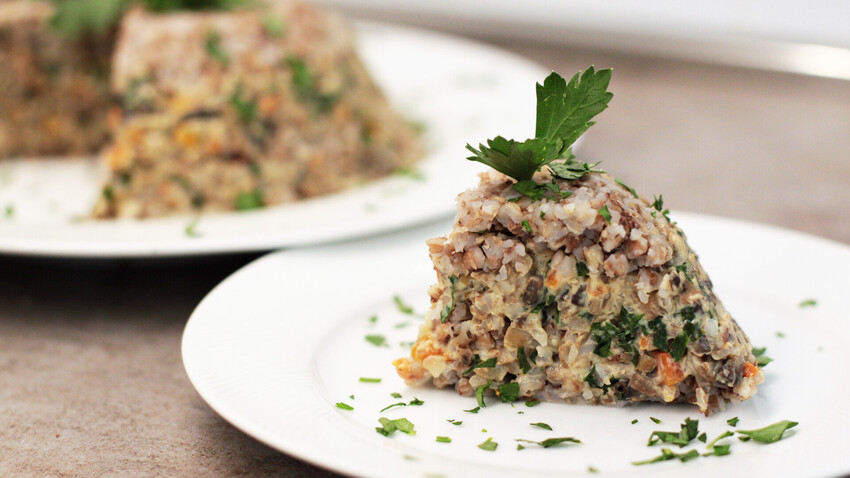
Why was Russia’s last emperor so obsessed with a dish made from the most basic ingredients: buckwheat and mushrooms?
Victoria DreyPorridge has always been, hands down, the most prominent dish in Russian culinary culture. It has long been served both on the tables of the rich and the poor — except that the ingredients and fillings were different, depending on one’s budget. Today, unfortunately, lots of scrumptious sweet and savory porridges are not that popular anymore — such as Guryev porridge, or wild-wheat porridge with pumpkin. I guess this has happened simply because they require quite a lot of time and some cooking skill.
Dragomirov's porridge, however, is much easier to prepare than it seems. Its history goes back to the 19th century: there is a legend that it was Emperor Nicholas II's favorite savory porridge, which he asked to be served almost every day.
Nobody knows for sure why, but the dish was named after the remarkable Russian general and military writer Mikhail Dragomirov (1830-1905). He gave history and military lessons to young Nicholas II back when he was a crown prince. Curiously, the general's wife, Sophia, was fond of cooking and even wrote a culinary book with 700+ recipes and kitchen recommendations, which became extremely popular. One theory is that the book included a recipe of the very same buckwheat porridge with porcini mushrooms, which afterwards became the emperor's favorite and was named after Sophia’s prominent husband. Or, who knows, maybe it was named after her?
Dragomirov’s porridge goes well with almost any meat main dish, or just perfectly as a separate dish. The ingredients are as simple as can be, and the combination of buckwheat and mushrooms is a true classic. What makes this porridge unique is its uncommon half-sphere shape. As far as mushrooms, the original recipe is likely to include porcini, but feel free to use any type you like or have at home. The same goes for the mushroom sauce base: for a creamier taste use heavy cream. But I prefer using sour cream instead: it enriches the sauce’s taste by adding a slight sourish-creamy hint to it.
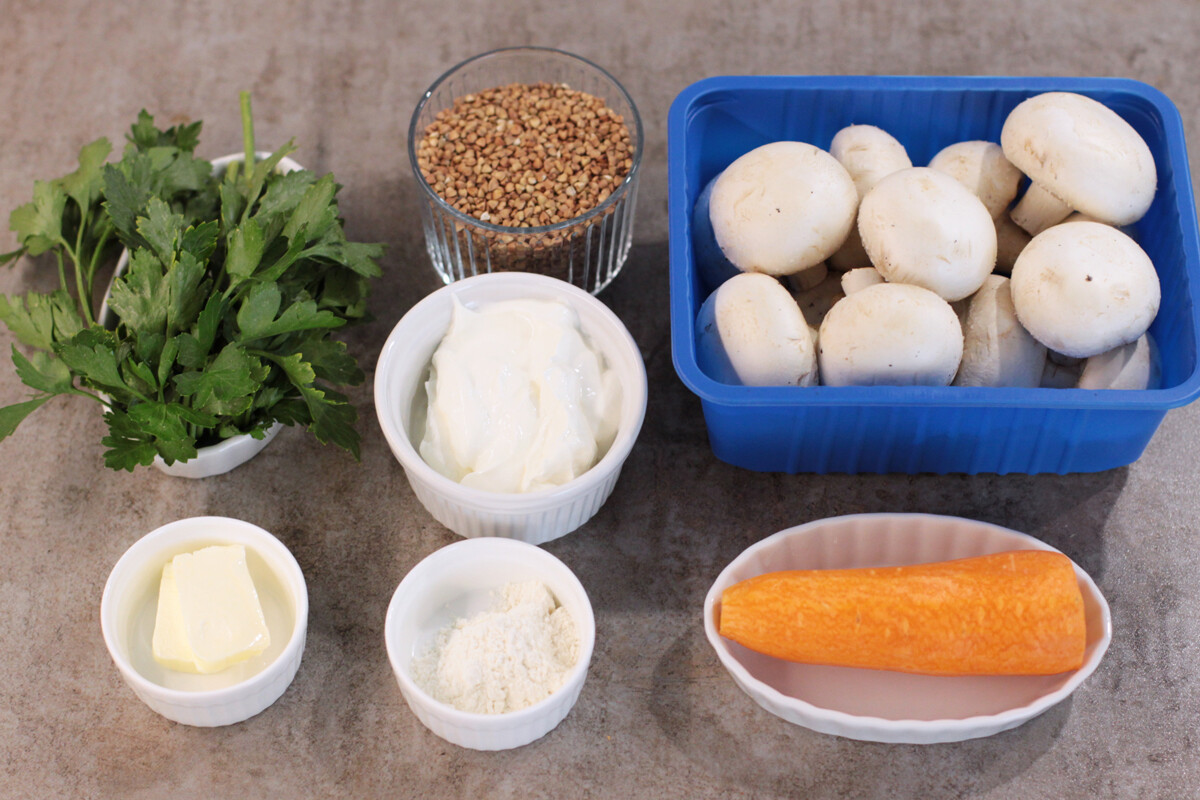
1. Rinse buckwheat under running water, put in a pot and add just under 2 glasses of water.
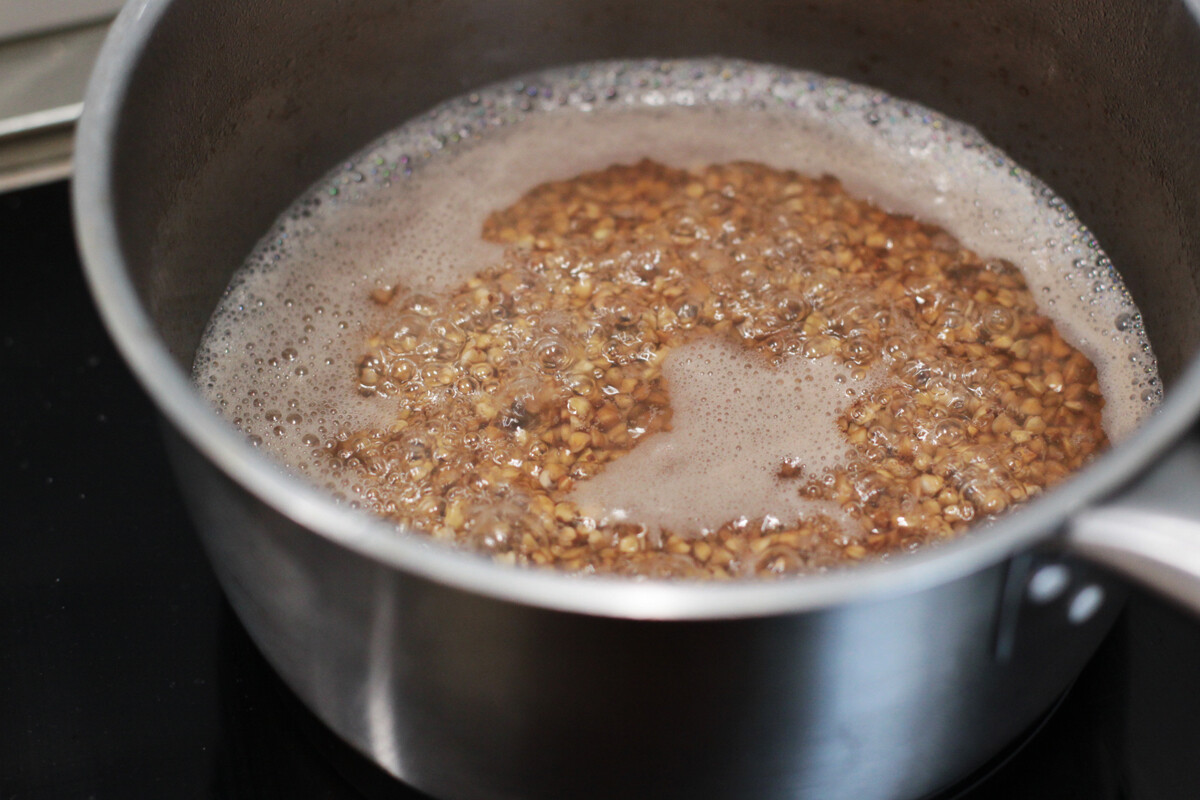
2. Add a pinch of salt, bring to a boil, cover with a lid and simmer on a low heat until cooked – it usually takes around 15 minutes.

3. Meanwhile, prepare the mushroom sauce: first, finely dice one carrot and stir on medium heat with generous amounts of butter for 5-7 min.
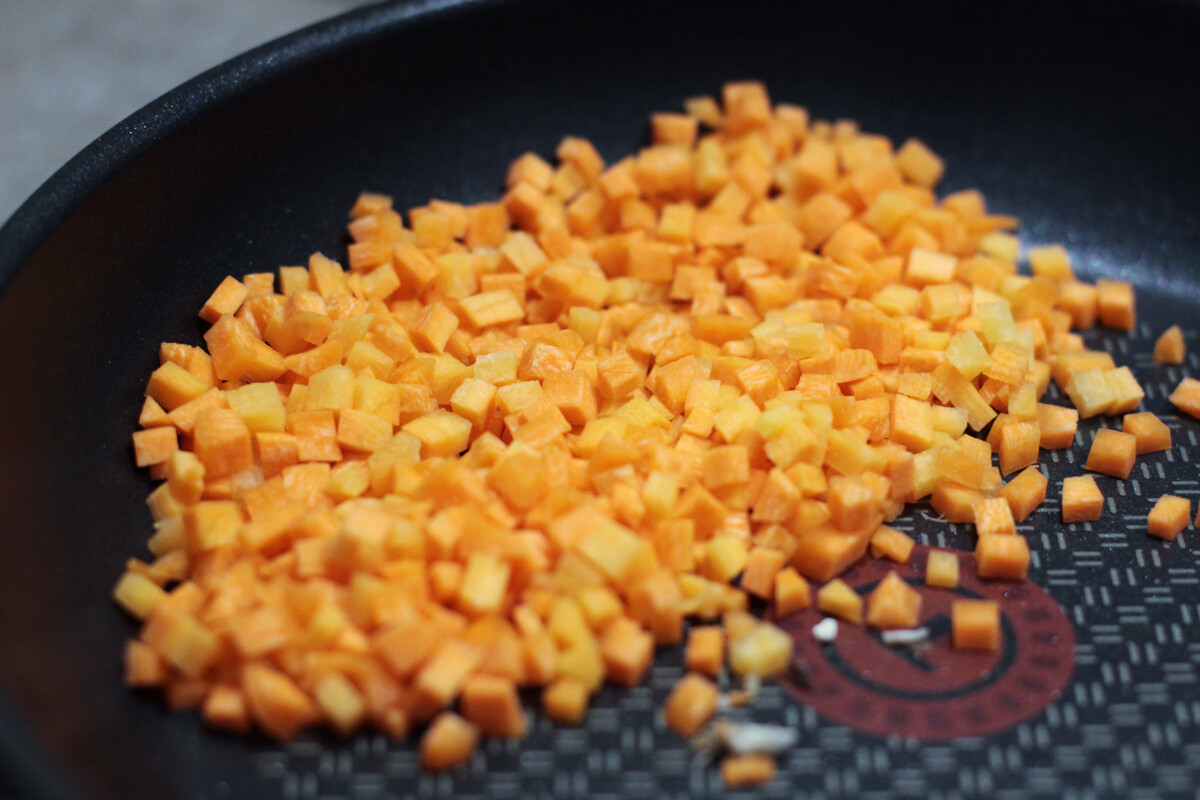
4. Next, finely chop mushrooms — literally mince them with a knife.

5. Add to the carrot and cook until the mixture becomes soft and starts becoming slightly golden-brown.
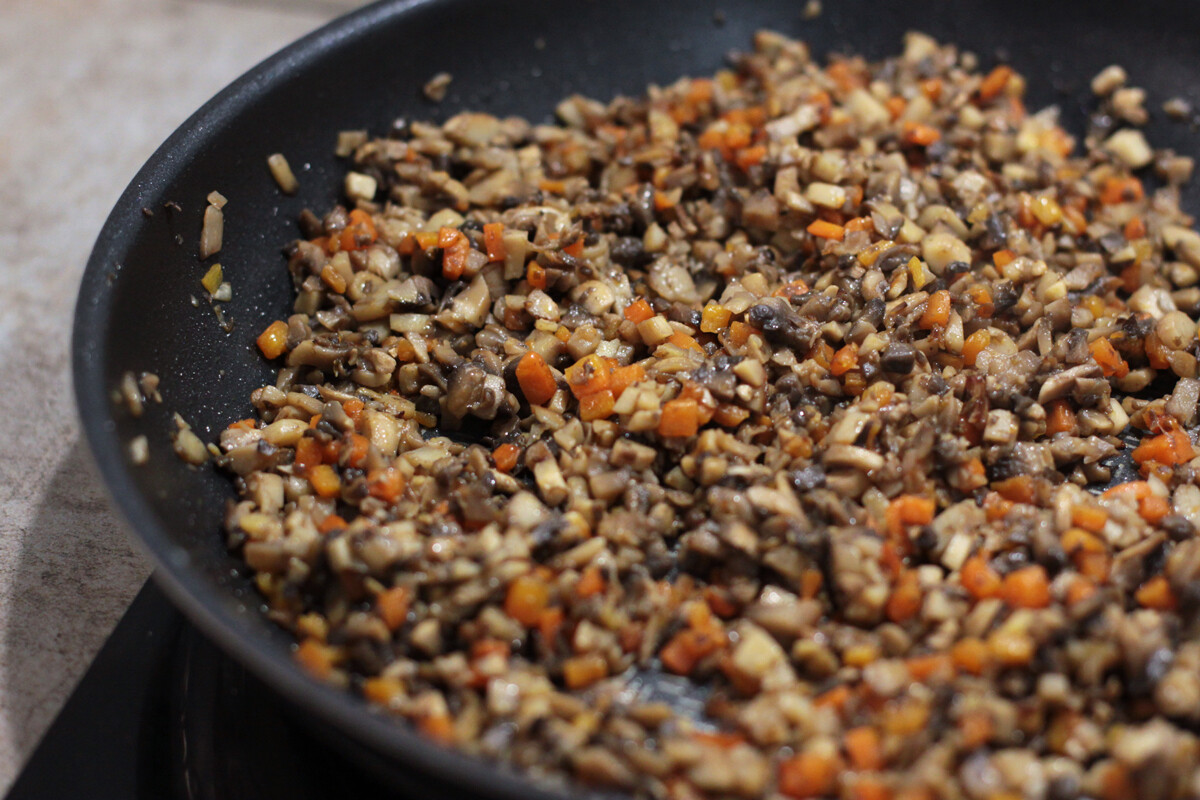
6. Add flour, sour cream or heavy cream, salt, freshly ground pepper and warm on a medium heat for a couple of minutes.

7. Remove from heat, add chopped parsley and mix. The most difficult part is not eating the sauce at this point — it’s really delicious.
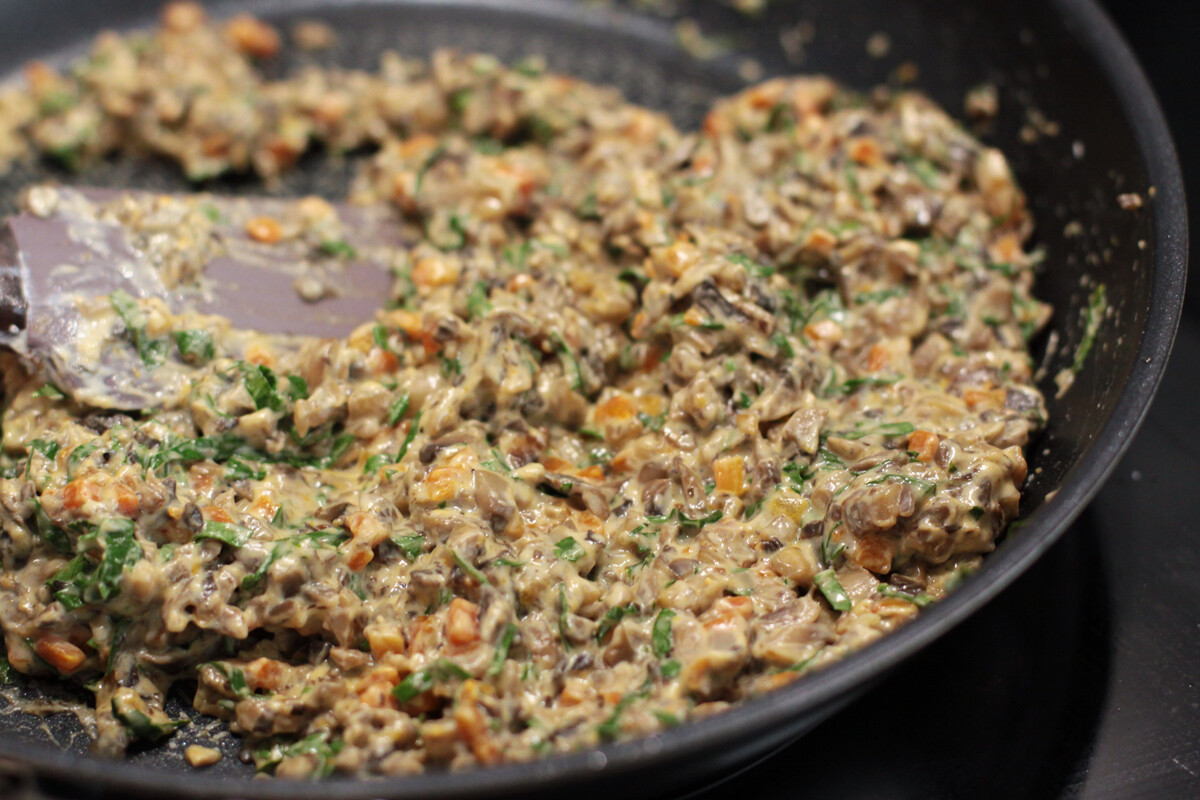
8. Now, it’s time to assemble the porridge: smear a medium round bowl with soft butter and firmly spread 1/3 warm buckwheat on the bottom with a spoon.
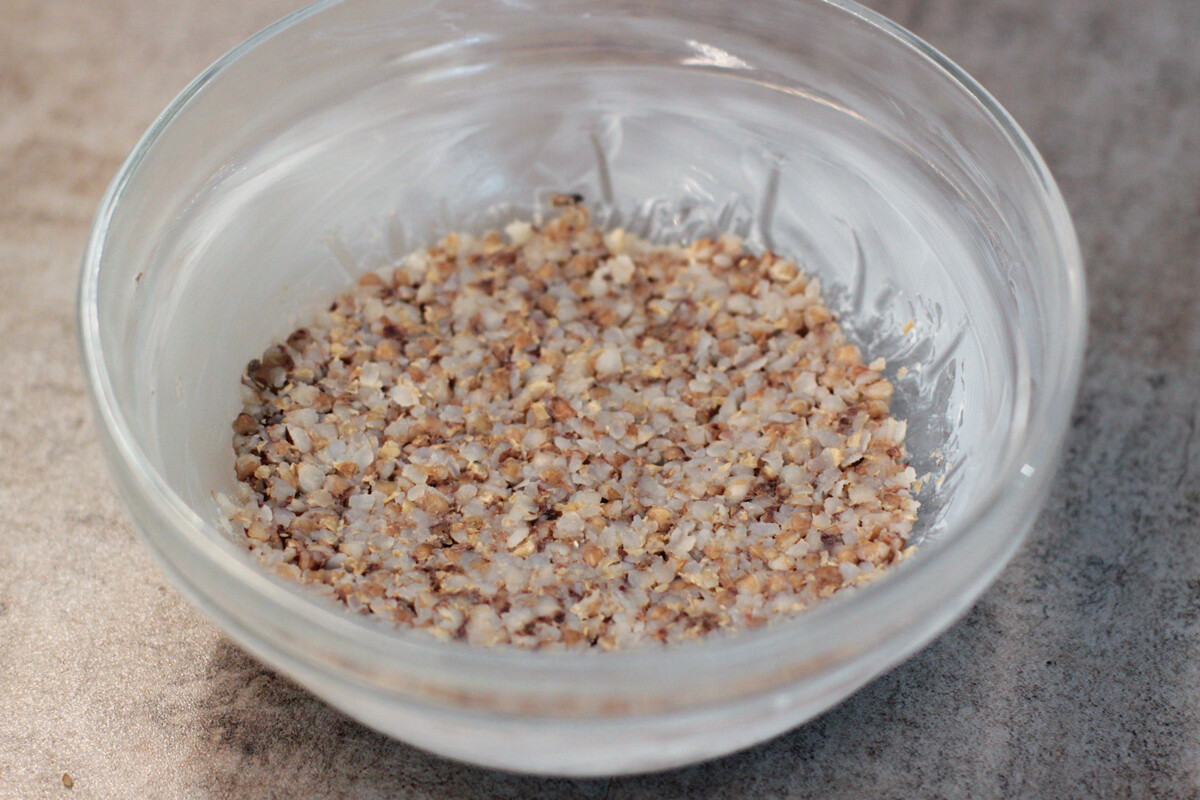
9. Next, layer half of the mushroom sauce on top.
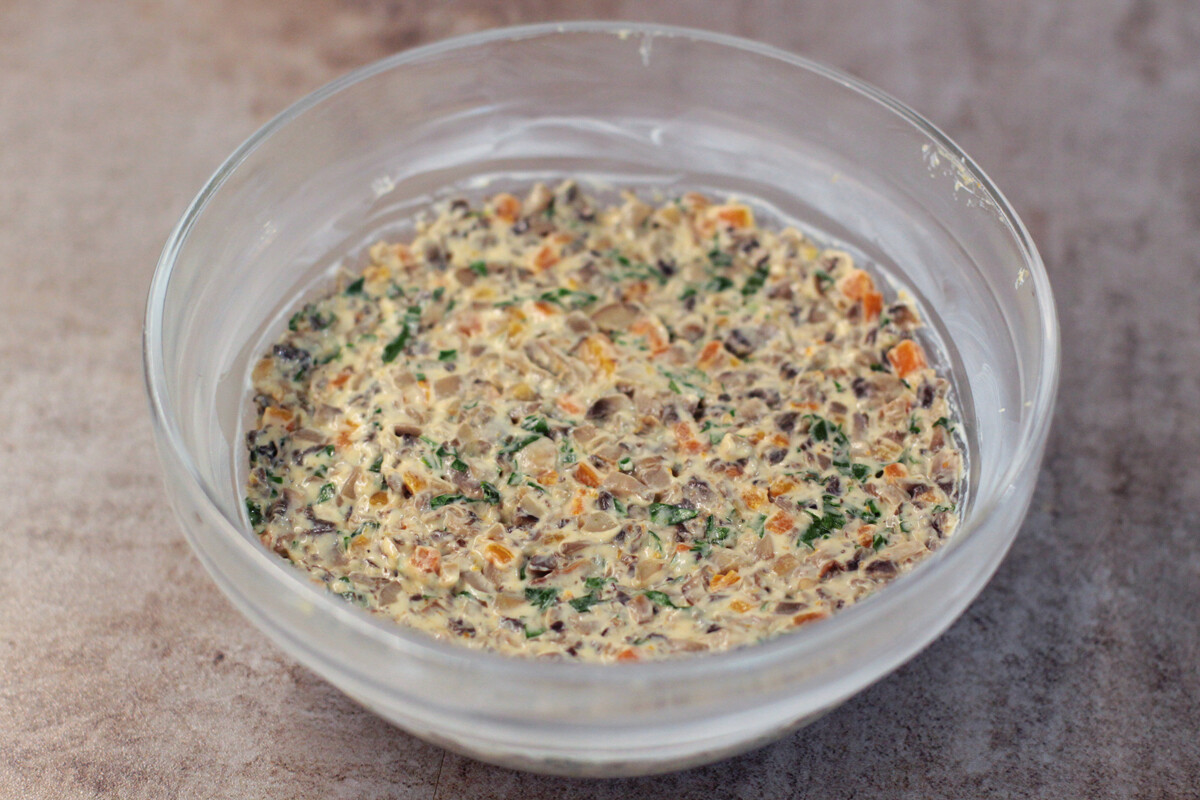
10. Repeat layering: buckwheat, sauce and buckwheat again.
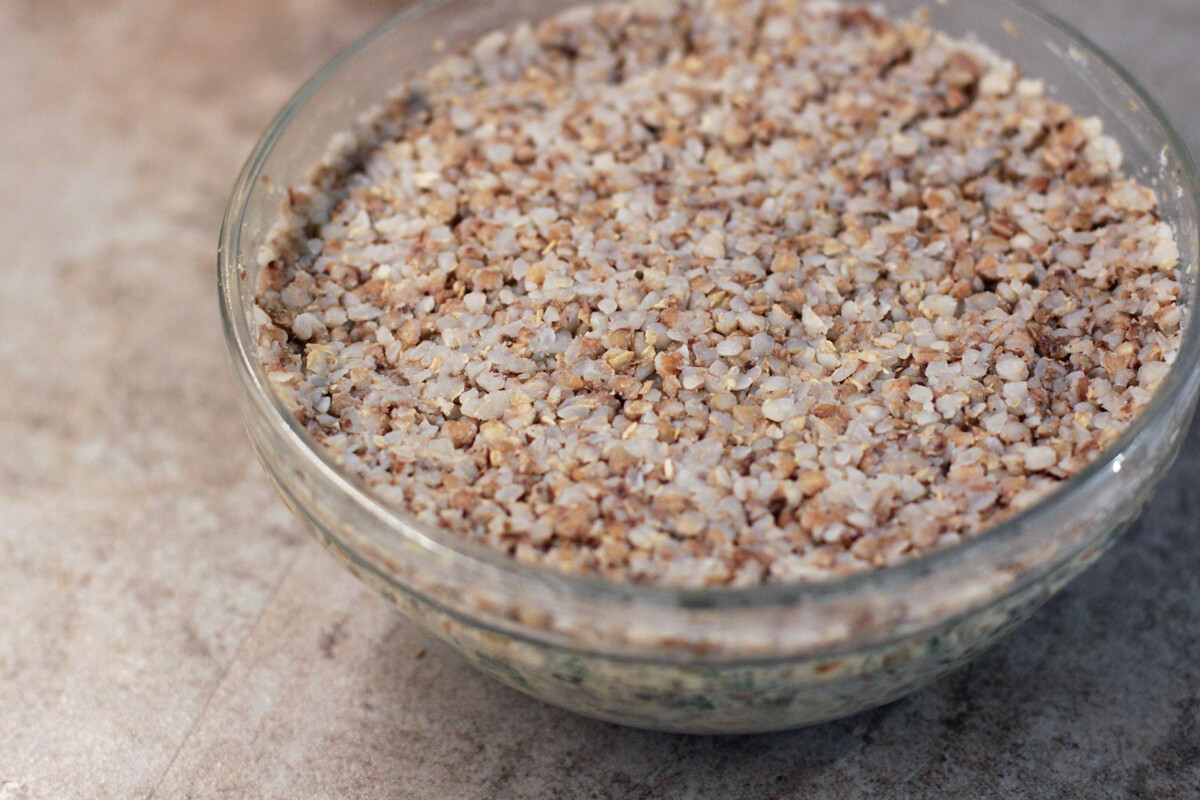
11. Cover the bowl with a large plate and gently but firmly turn it over. The porridge should come out quite easily. If not — gently help with a thin knife.
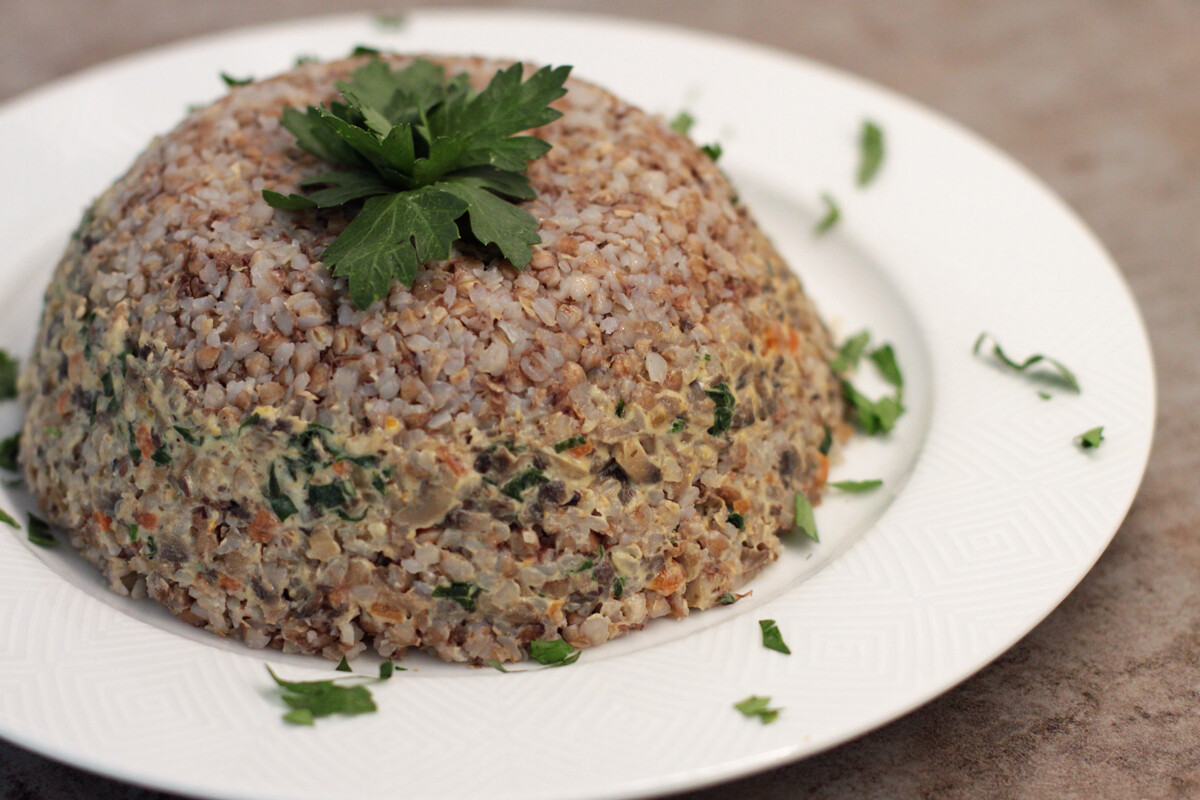
12. Sprinkle Dragomirov’s porridge with some chopped fresh parsley and serve immediately while warm. Enjoy!
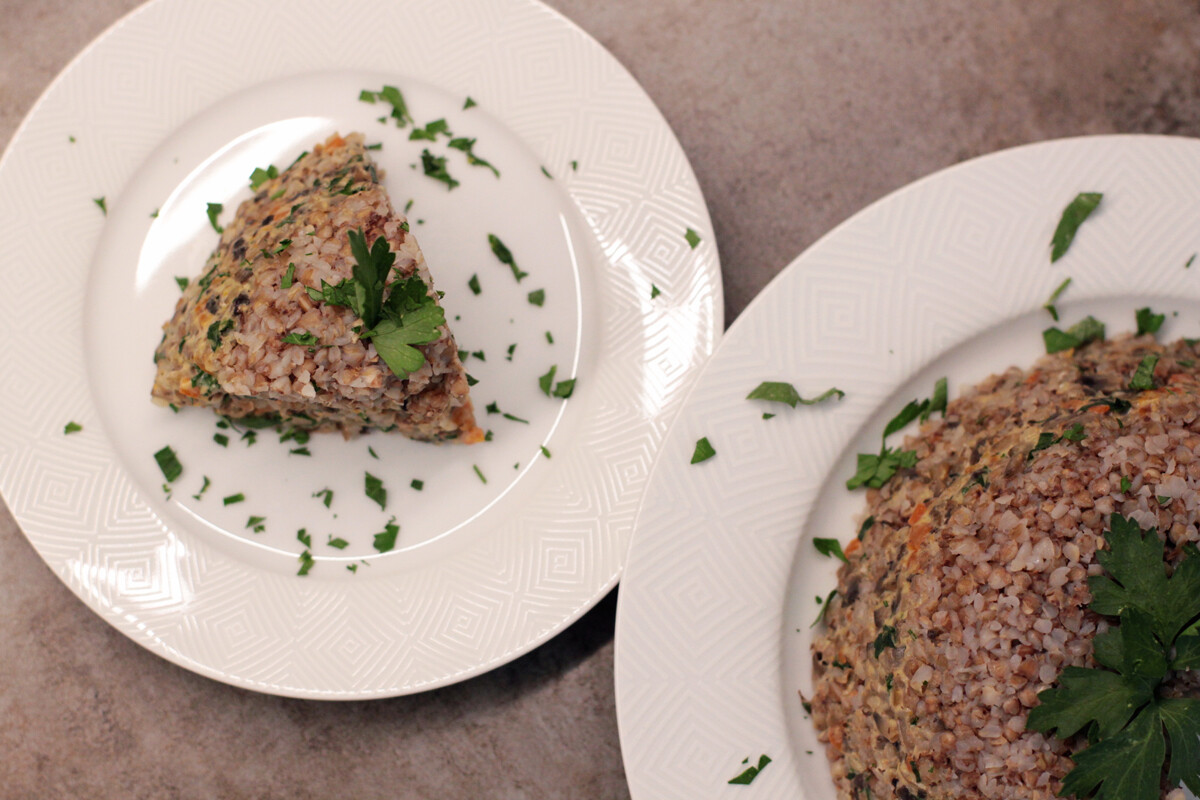
Dear readers,
Our website and social media accounts are under threat of being restricted or banned, due to the current circumstances. So, to keep up with our latest content, simply do the following:
Subscribe to our Telegram channels: Russia Beyond and The Russian Kitchen
Subscribe to our weekly email newsletter
Enable push notifications on our website
Install a VPN service on your computer and/or phone to have access to our website, even if it is blocked in your country
If using any of Russia Beyond's content, partly or in full, always provide an active hyperlink to the original material.
If using any of Russia Beyond's content, partly or in full, always provide an active hyperlink to the original material.
Subscribe
to our newsletter!
Get the week's best stories straight to your inbox